Heroes of History
Josephine Baker is most known for being a glamorous showgirl who wore her famous banana skirt in 1920s and ’30s. But she was so much more! She won the Croix de Guerre for her part in the French resistance during WWII and was the only female speaker at the March on Washington in 1963. Josephine was an entertainer, civil rights activist, war hero and mother who never lost her courage or sense of humor.
ℒℴѵℯ ❤ Scroll down for videos and links to more articles.
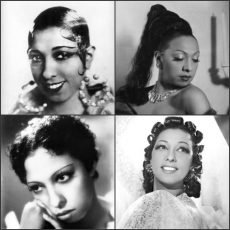




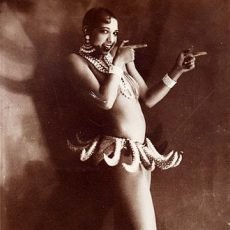
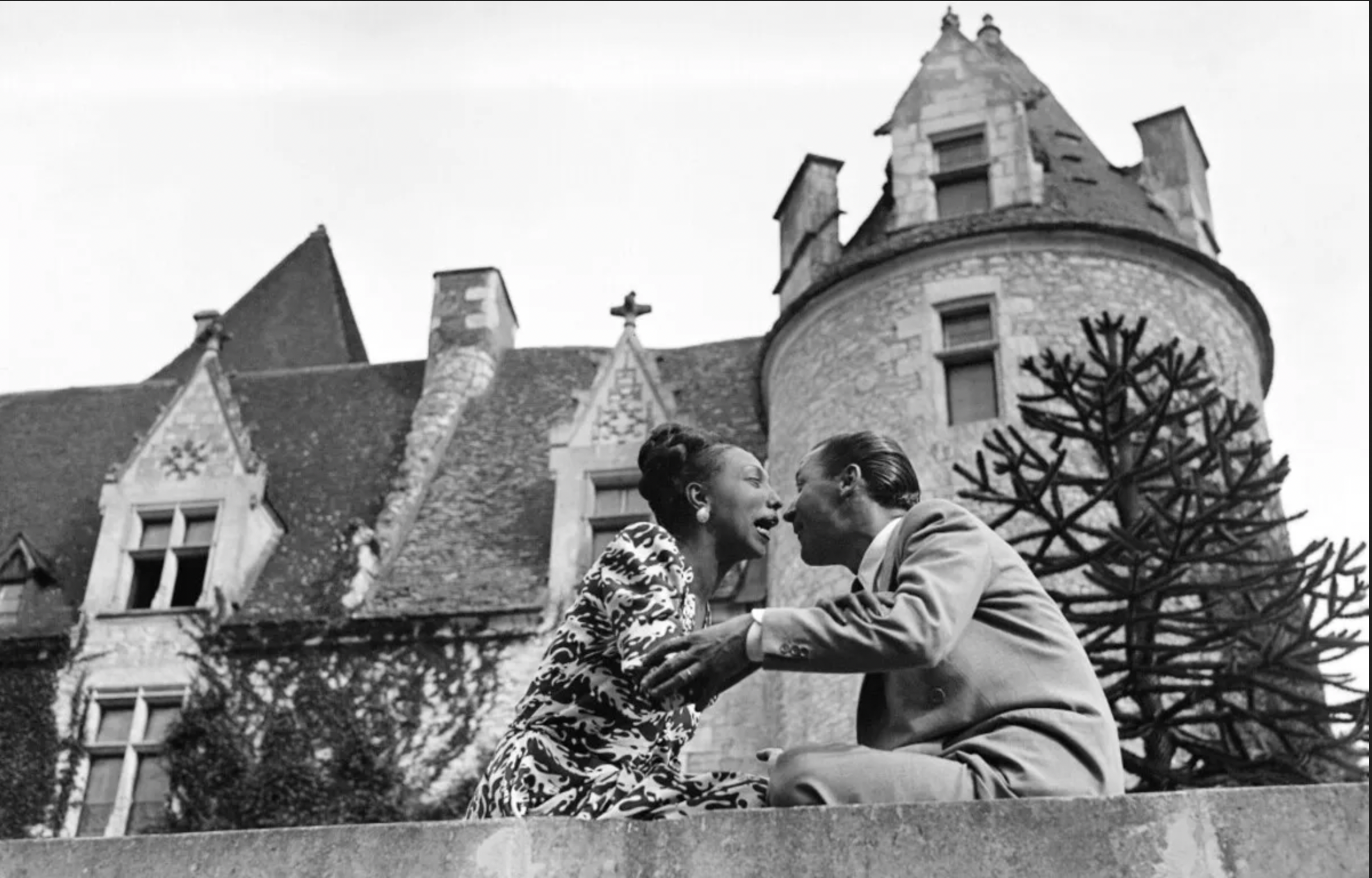
Crochet Josphine Baker
Exclusively sold at Château des Milandes and here.
I’ve been working on designing a crochet version of Ms. Baker for years. I finally have an adorable & truly unique version. I’m proud to say that my Petite Josephines are sold exclusively at her former home, Le Château des Milandes in southern France. Josephine Baker bought the huge estate in 1947 and raised her 12 children (her “rainbow tribe”) there.
(◍•ᴗ•◍)
Who is Josephine Baker?
Freda Josephine McDonald was born on June 3, 1906, in St. Louis, Missouri. “Her mother, Carrie McDonald, was a washerwoman who had given up her dreams of becoming a music-hall dancer. Her father, Eddie Carson, was a vaudeville drummer. He abandoned Carrie and Josephine shortly after her birth. Carrie remarried soon thereafter and would have several more children in the coming years.
To help support her growing family, at age eight Josephine cleaned houses and babysat for wealthy white families, often being poorly treated. She briefly returned to school two years later before running away from home at age 13 and finding work as a waitress at a club. While working there, she married a man named Willie Wells, from whom she divorced only weeks later.
It was also around this time that Josephine first took up dancing, honing her skills both in clubs and in street performances, and by 1919 she was touring the United States with the Jones Family Band and the Dixie Steppers performing comedic skits. In 1921, Josephine married a man named Willie Baker, whose name she would keep for the rest of her life despite their divorce years later. In 1923, Baker landed a role in the musical Shuffle Along as a member of the chorus, and the comic touch that she brought to the part made her popular with audiences. Looking to parlay these early successes, Baker moved to New York City and was soon performing in Chocolate Dandies and, along with Ethel Waters, in the floor show of the Plantation Club, where again she quickly became a crowd favorite.” [more from Biography]
In the summer of 1925, Paris had a newfound obsession with jazz and anything exotic. People flocked to see Josephine Baker perform at the Théâtre des Champs-Elysées. As she descended from a palm tree wearing her now famous banana skirt, she became the biggest black female star in the world over night.
Josephine Baker was so popular in France, she sold her own beauty products including Bakerfix hair pomade for that slick down look and even Bakeroil skin-darkening lotion all over Europe. Yes, indeed. European women were darkening their skin to look like their idol.
First Black Woman to Star in a Movie
She was even the first black woman to star in a film! She was the leading actress in Zouzou in 1934 and she did it all in French. ✭‿✭ Scroll down to watch the film! [more from Wikipedia…]
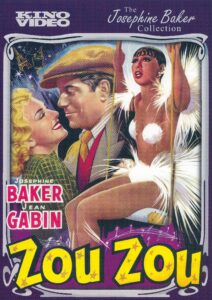
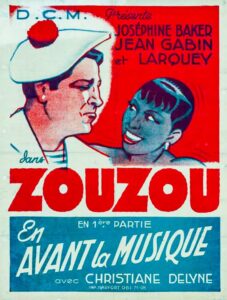
African American Heroes of History
“When World War II broke out, Baker joined the French Resistance, helping to smuggle out refugees and carrying messages written in invisible ink on her sheet music. She entertained troops and performed benefit concerts in North Africa and the Middle East.” [more from Black History Now…]
La Résistante (WW2)
“In fact, her fame made her the perfect spy. When Baker would travel Europe while touring, she obviously had to carry large quantities of sheet music with her. What customs officials never realized, though, was that a lot of this music actually had secret messages written on it in invisible ink…On some occasions, Baker would smuggle secret photos of German military installations out of enemy territory by pinning them to her underwear. This invaluable intelligence work eventually helped Baker rise to the rank of lieutenant in the Free French Air Force, and when the war was over she received both the Croix de Guerre (a first for an American woman) and the Medal of the Resistance in 1946 from French General Charles de Gaulle“, who later became the President of France. [more from Mental Floss…]
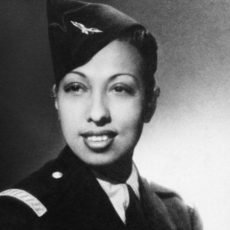
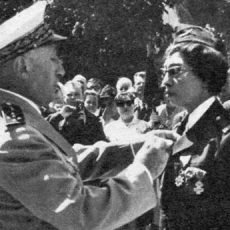
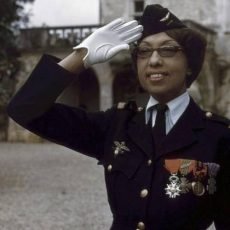
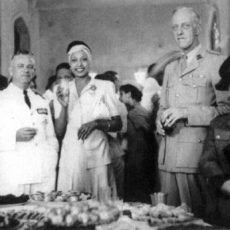
March on Washington (1963)
“During the 1950s and 1960s, she supported and became active in the Civil Rights Movement. When she briefly returned to the United States, Baker insisted on having a nondiscrimination clause in her contracts, and only agreed to perform in front of integrated audiences. Whereas Baker was previously dejected by racism, she was now defiant. She refused to kowtow to racial discrimination and provided a voice for those who suffered at the hands of prejudice. Baker also began working closely with the NAACP and the organization named her Most Outstanding Woman of the Year in 1951. The NAACP also declared May 20, 1951 Josephine Baker Day.”[more from Visionary Artist Magazine…]
“During the 1950s, Baker frequently returned to the United States to lend her support to the Civil Rights Movement, participating in demonstrations and boycotting segregated clubs and concert venues. In 1963, Baker participated, alongside Martin Luther King Jr., in the March on Washington, and was among the many notable speakers that day.” As well as the only woman speaker. [more from Biography…]

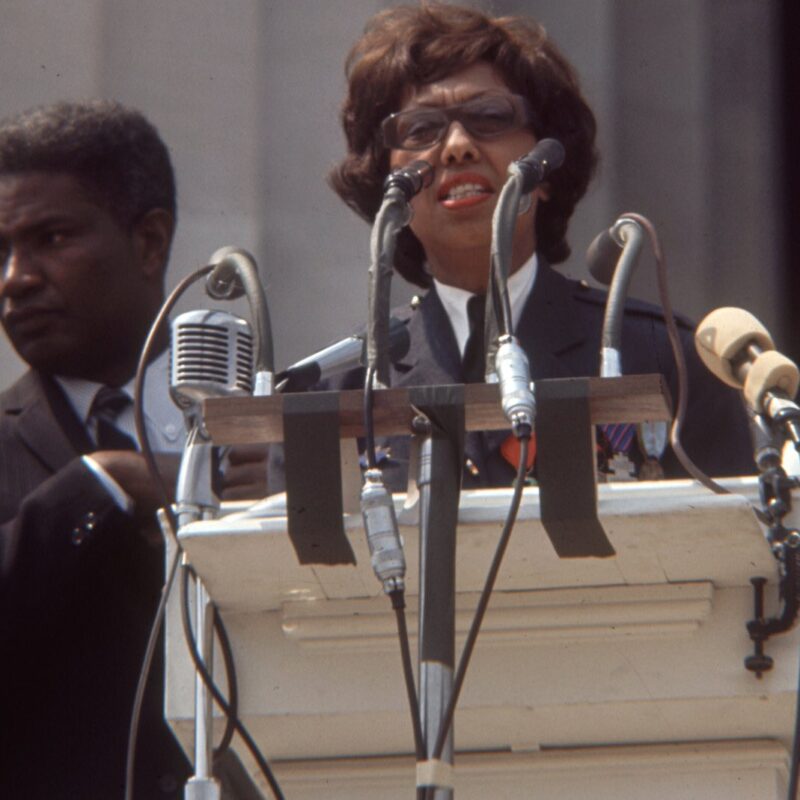

Last years at the Top
“Baker was back on stage at the Olympia in Paris in 1968, in Belgrade and at Carnegie Hall in 1973, and at the Royal Variety Performance at the London Palladium and at the Gala du Cirque in Paris in 1974. On 8 April 1975, Baker starred in a retrospective revue at the Bobino in Paris, Joséphine à Bobino 1975, celebrating her 50 years in show business. The revue, financed notably by Prince Rainier, Princess Grace, and Jacqueline Kennedy Onassis, opened to rave reviews. Demand for seating was such that fold-out chairs had to be added to accommodate spectators. The opening night audience included Sophia Loren, Mick Jagger, Shirley Bassey, Diana Ross, and Liza Minnelli.
Four days later, Baker was found lying peacefully in her bed surrounded by newspapers with glowing reviews of her performance. She died of a cerebral hemorrhage at 68, on 12 April 1975.” [more from Wikipedia…]
Read more about Josephine Baker’s incredible life:
• 7Robots Fantastically Terrible Podcast ep23: Josephine Baker How Did She Feel About the Peel
• Evolution of Crochet Josephine Baker
• Black Paris Tours (if you’re in Paris, take this fascinating tour highlighting the black experience in France)
• “90 Years Later, the Radical Power of Josephine Baker’s Banana Skirt” from Vogue
• “Josephine Baker, The Activist Entertainer” from Biography
• “Josephine Baker” from Black History Now
• “5 Things You Didn’t Know About Josephine Baker” from Mental Floss
• “Josephine Baker: Vive la Révolution” from Visionary Artist Magazine
• “Exploring the France That Josephine Baker Loved” from The New York Times
• “Josephine Baker Biography” from Biography.com
• Joséphine Baker, la résistante
• “A Dinner in France, 1973: Josephine Baker, James Baldwin, and a Very Young Henry Louis Gates, Jr”
• “Grace Kelly – Friendship With Josephine Baker”
• Josephine Baker: her close friendship with Monaco
• Josephine Baker (wikipedia)
